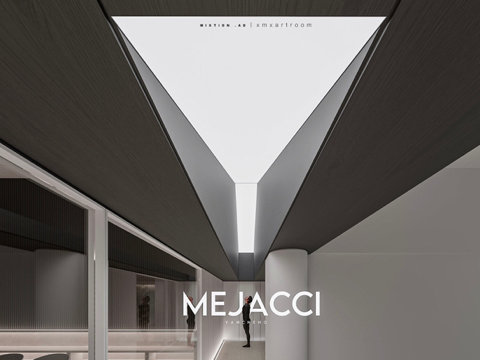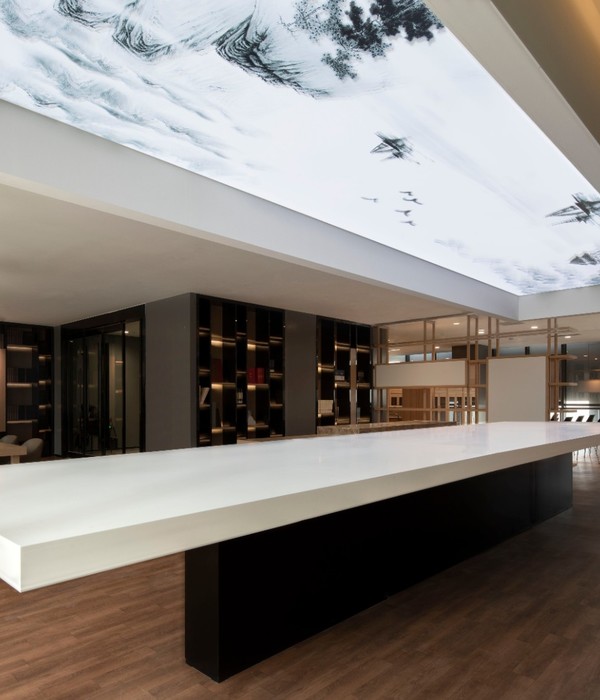A new show at Vitra Design Museum titled ‘Objects of Desire: Surrealism and Design 1924 – Today’ records how the avant-garde art movement influences design today
Installation view of ‘Objects of Desire: Surrealism and Design 1924 – Today’ at Vitra Design Museum. © Vitra Design Museum. Photography: Ludger Paffrath
Surrealism was one of the most important artistic movements of the last century. But how did the principles of surrealism, that originated in Paris’ avant-garde circles of the 1920s, translate into the period’s design? This is the question posed by Vitra Design Museum, which has opened exhibition ‘Objects of Desire: Surrealism and Design 1924 – Today’.
‘Surrealism was one of the most influential artistic movements of the 20th century. Many works by surrealists such as Salvador Dalí, René Magritte, Meret Oppenheim or Man Ray were inspired by everyday objects and explored the world of dreams, emotions and unconsciousness built into our material culture,’ says Mateo Kries, curator of the exhibition and director of Vitra Design Museum. ‘Since the 1930s, Surrealism has had a significant impact on design, from furniture, interiors and fashion to film and graphic design.’
A Matter of Perspective by Dan Tobin Smith, published in Wallpaper* June 2004 (W*69), set design by Lyndsay Milne McLeod. © Dan Tobin Smith
In the history of decorative arts, the topic of surrealism in design was always overlooked as it was dominanted by the modernist movement. It was only in 2007 when the Victoria & Albert Museum in London presented the ‘Surreal Things’ exhibition that the movement and its influence was categorised for the first time on a such a scale.
The French movement was established in 1924, when its spiritual father André Breton founded a Surrealist group. Until now, it has mostly been associated with dreamy and fantastical visions of painters and sculptors. However, soon after its discovery, the concept reached the world of utility objects and interior design too – its ironic principles and absurd stories have since been used by designers across the globe.
Above, Table Cocoon 8, by Nacho Carbonell, 2015. Courtesy Carpenters Workshop Gallery. Below, Ozon III by Le Corbusier, 1962. © F.L.C/VG Bild-Kunst, Bonn 2019
The exhibition at the Vitra Design Museum presents surrealism as a general tendency or timeless philosophy for the first time. Through a very diverse selection of artists and designers, the showcase tells the story of surrealism and its connection to the material world through many different works.
On display are decorative objects from the golden era of surrealism, created by Salvador Dalí or Jean-Michel Frank, including the famous Mae West sofa. Later, global influence is reflected in the work of Isamu Noguchi, Carlo Mollino, Frederick Kiesler and unorthodox Italian decorator Aldo Tura.
Renowned works of Achille Castiglioni, Ray Eames or Shiro Kuramata are also presented in a new light, layered with ironic jokes and mysterious stories. Evidence of the movement’s timelessness is presented by a selection of contemporary artists such as Front Design, Jerszy Seymour, BLESS, and Konstantin Grcic, among many others, highlighting the breadth of surrealist influences in design from past and present. §
Key Visual for the exhibition including the Bocca (Sofa), 1970. © Gufram/Studio65. Daniel Streat/Visual Fields © Vitra Design Museum
Correalistic Rocker by Frederick Kiesler, 1942. © Vitra Design Museum. Photography: JürgenHANS
{{item.text_origin}}












